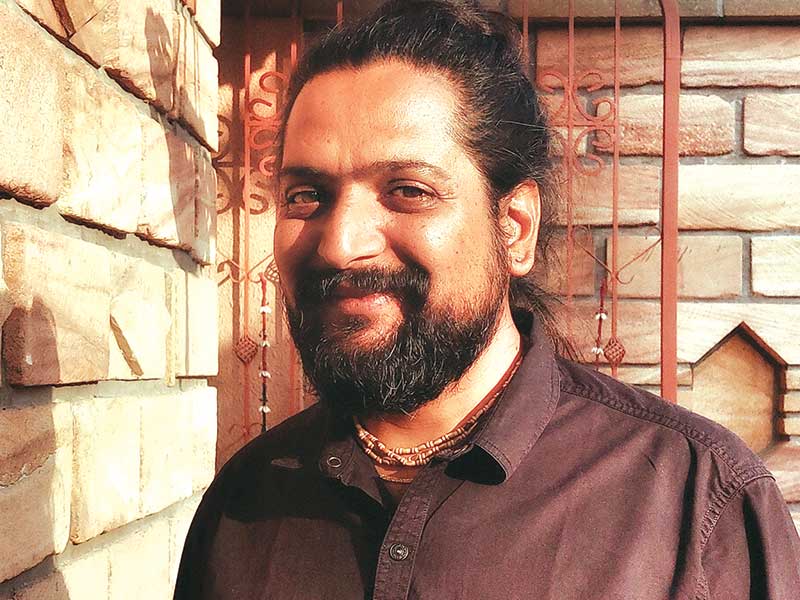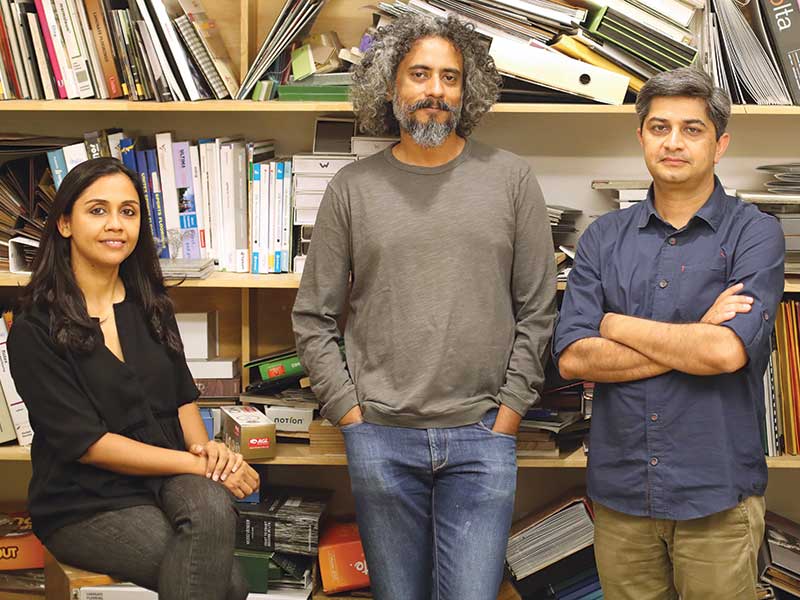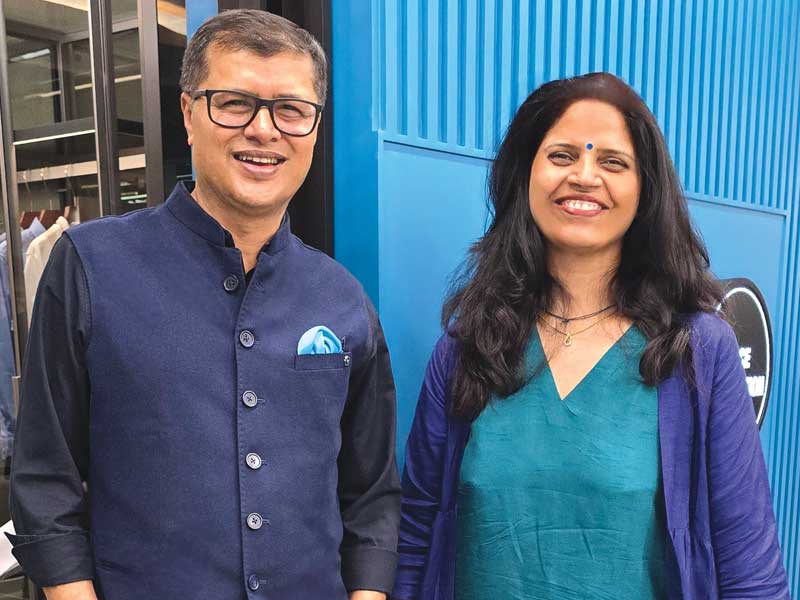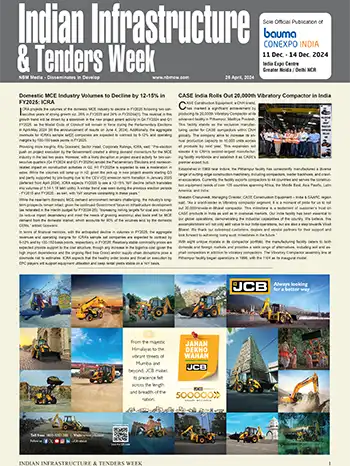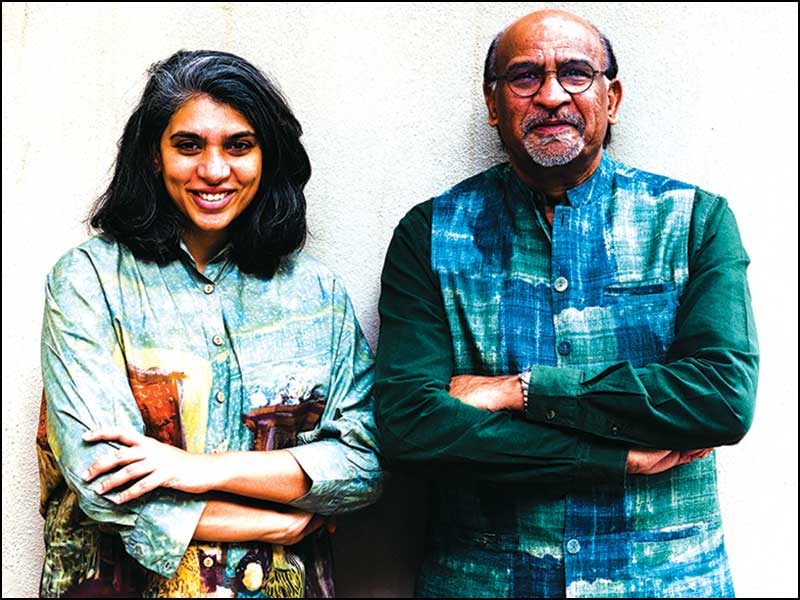
Within architectural offices, there is a growing recognition of the invaluable role played by digital skills. From expediting ideation and design processes to presenting comprehensive options to clients, digital tools have become indispensable. Additionally, they streamline communication with construction sites, optimizing project management workflows.
Social media platforms are amplifying awareness regarding the latest global developments, influencing societal perspectives to seek out the most modern designs available. In parallel, India’s accessibility to construction materials and technical prowess from around the globe contributes to the nation’s ability to stay abreast of international standards and trends in architecture and construction - making it possible to innovate and improve the standards of our projects.

Traditionally, innovation in construction has primarily focused on architectural design, but it has now expanded to encompass other crucial aspects such as construction technology, speed, and sustainable practices. One of the key objectives of modern construction innovation is to move towards net-zero technology. This means creating buildings and infrastructure that have minimal to no negative impact on the environment throughout their entire lifecycle. This involves not only minimizing resource consumption during construction but also optimizing energy efficiency, reducing waste, and mitigating environmental degradation during operation and eventual decommissioning. By fostering a symbiotic relationship between building technology and materials, the construction industry can pave the way for a more sustainable and resilient built environment.
The future of architecture is hinged on “how we design” - and that, itself, is evolving. Design methodologies are undergoing a transformation fueled by heightened awareness, widespread access to tools, and enhanced workflows and communication channels.
On ground, we anticipate significant progress in building materials, enabling architects and engineers to craft structures that are not only longer lasting, but also more eco-friendly. Utilization of materials such as engineered wood, recycled steel, and sustainable concrete alternatives is poised to diminish the ecological footprint of construction while upholding top-notch quality standards. Programmatically, there will be a shift towards adaptive reuse and repurposing of existing building stock.
All in all, the future of architecture gleams with promise, showcasing a default integration of sustainable design and engineering practices. Technological advancements in construction, including 3D printing, robotic construction, and drone-assisted surveying, are expanding the horizons of what is achievable in the field.


